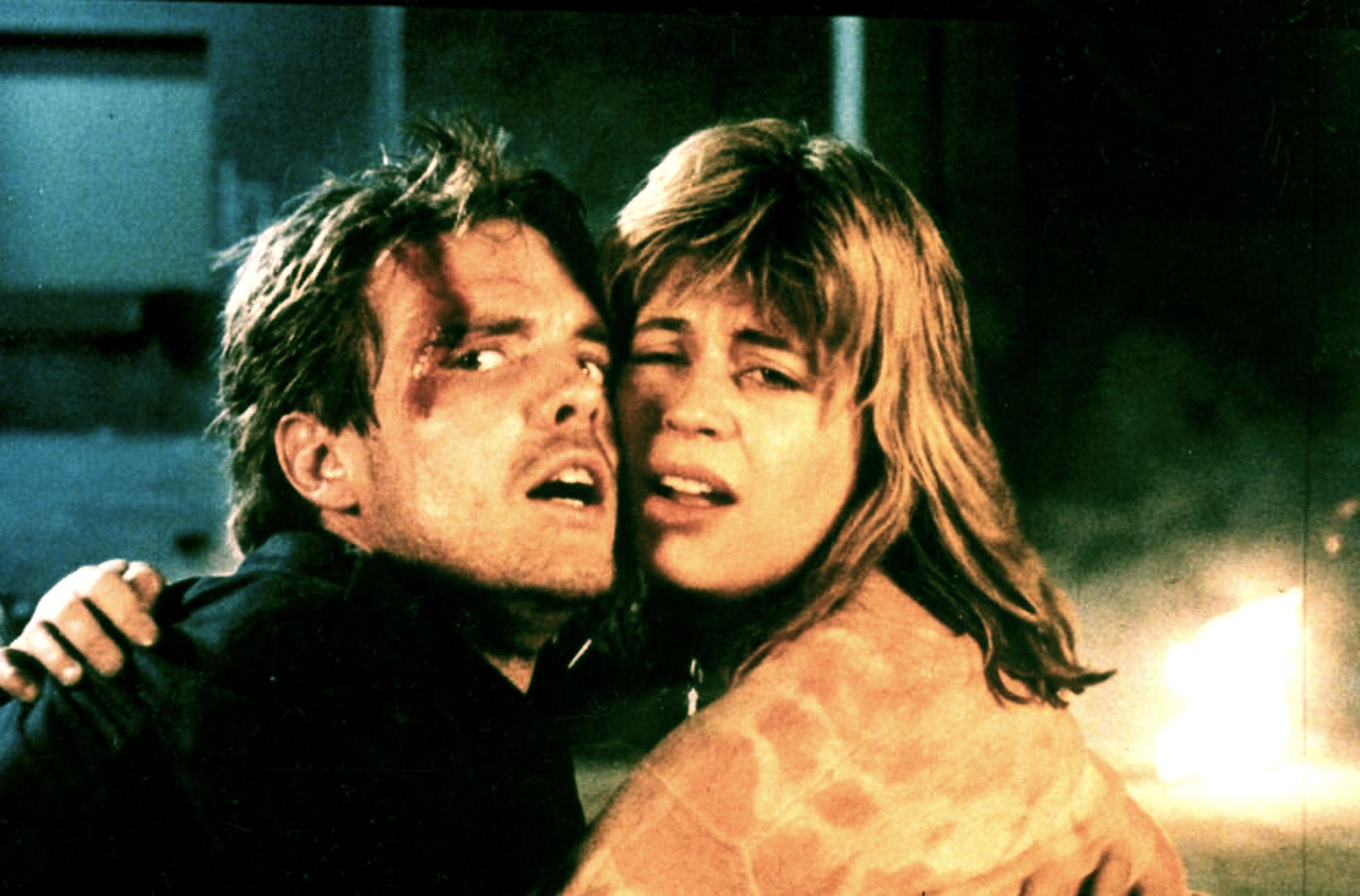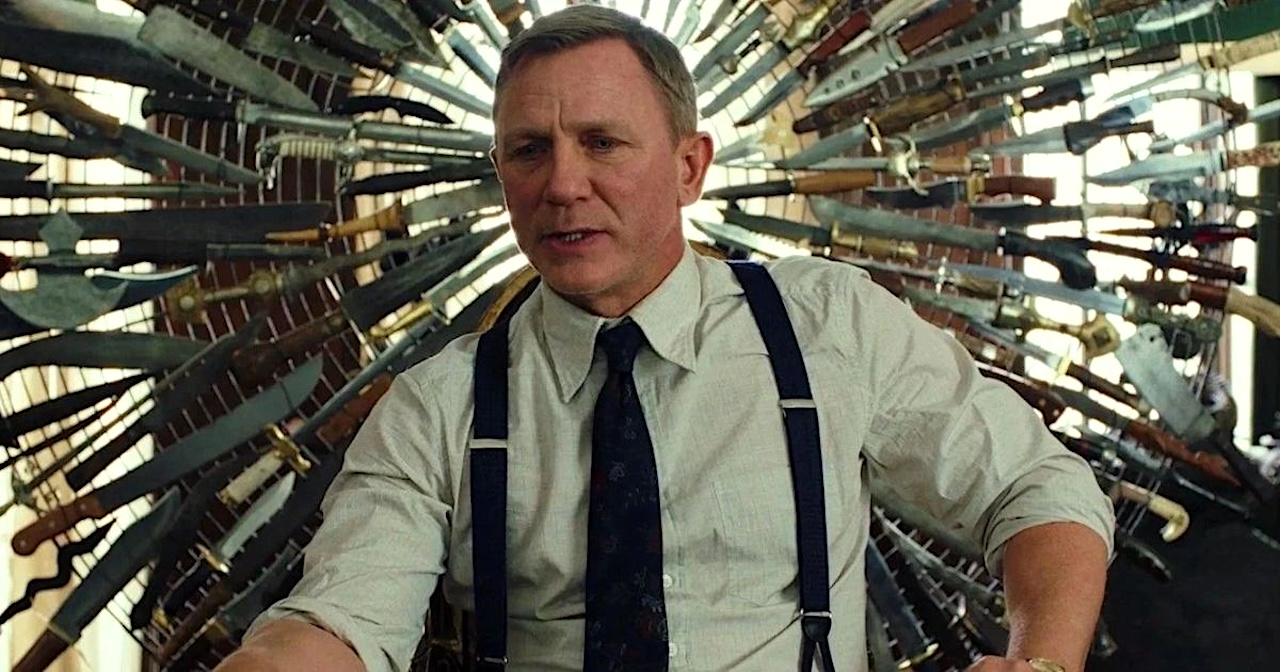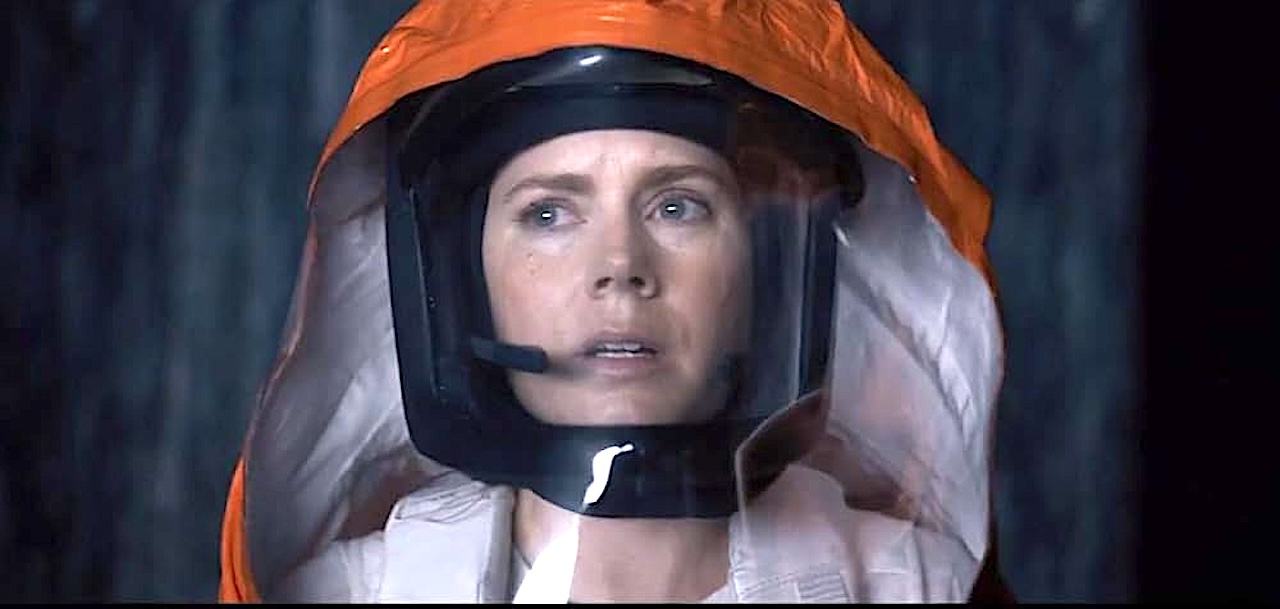- Writing Exposition To Make Your Script Pop (Part 1)
- Writing Exposition To Make Your Script Pop (Part 2)
Voiceover
Despite being overused and used to shortcut actual writing voiceovers can be a powerful tool used properly. I ask my students to not use these, to work harder to get across their ideas, and invariably someone will bring up Casino or Goodfellows and my argument goes right out the window.
I will say that these movies are based on books and the character’s voice is an important part of the story. Bringing them to the screen involved an informed decision to use their voices as part of the exposition. Not many films require this.
Some use it tease situations. Arrival does with the Dr. Banks character (Amy Adams) talking to her future daughter even if we don’t know it at the time. This exposition sets up a powerful ending.
In Blade Runner, as the story goes, test audiences were confused by the world and needed voiceover to better understand and accept both the world and the main character so the studio added it in post production. The voiceover gives us exposition as to who/what is going on.
I may be one of the few fans of that original film who liked the V.O. I thought it kept with the ‘future noir’ tone of the movie because V.O. was also often used in noir detective movies in the 40s and 50s. Plus, in keeping with topic of this article, it established that the character was world-weary and numb.
From Blade Runner:
Deckard walks over to Chinese carry-out stand.
DECKARD
Give me four. No, two, two, four. And noodles.
He sits.
DECKARD (V.O.)
Sushi, that’s what my ex-wife called me. Cold fish.
Texting, Podcasts, Radio, Etc.
By now you should be getting the idea that any form of communication between your script and the audience is expository in nature.
Podcasts are not a two-way communication since most of the time they are listened to after they have been recorded. But your character listening to and responding to them is a solid way to give information.
A radio show can be both one-way or two way communication that can convey a lot to the audience in a comfortable and simple fashion.
Texting, emails, etc., in my classes, are formatted like dialogue – and really, they are just another form of dialogue.
When To Exposit
The biggest mistake most beginning writers make is revealing too much in inappropriate moments. Beginners don’t trust their writing or their audience and feel a compulsion to info dump, staticly, at the beginning of a script.
Now info dumps in and of themselves aren’t bad if handled with some insight and skill. My all-time favorite is in The Terminator when Reese (Michael Biehn) has just saved a freaked out Sarah Connor (Linda Hamilton) from certain death – the so-called disco scene.

Kyle Reese (Michale Biehn) & Sarah Connor (Linda Hamilton) Photo courtesy of 20th Century Studios
Now, in a car, running from both The Terminator (Arnold Schwarzenegger) and the cops, while Sarah Conner (Linda Hamilton) is fighting to escape, Reese throws his arm across her body and says:
REESE
I’m here to help you.
Reese, Sergeant/Tech-Com, DN38416…
Assigned to protect you.
You’ve been targeted for termination.
~~ cut ~~
SARAH
(hoarse whisper)
This is a mistake. I haven’t done anything.
REESE
No. But you will. It’s very important that you live.
Sarah closes her eyes, as if to shut it all out.
SARAH
I can’t believe this is happening.
How could than man get up after you…
Reese’s tone is equal parts hatred and respect as he replies.
REESE
Not a man. A Terminator.
Cyber Dynamics Model 101.
Up to this point we have seen a lot or insane things, but practically nothing has been explained. James Cameron does exposition right by creating multiple questions that will be answered when appropriate. Now we’re hungry for this information and the exposition is perfectly placed.
In addition, it’s not just two people talking. The scene itself is intense. We may not even hear some of what Reese says because there is so much action in the scene. It’s amazing writing and smart filmmaking.
Piece By Piece
Related to the previous topic is the mystery where pieces of a puzzle are presented. Usually, if the script is well-written, the killer is revealed only at the end, and by then we don’t have any questions as to the whys and wherefores of the mystery. We’ve followed the detective (or whoever) along for a time and been given pieces of the mystery when appropriate. The fun part of writing these is you also need to create red-herrings – misdirections that are connected to the mystery but are mostly presented to draw your attention away from the actual killer so you get a lot to play with exposition-wise.
The greatest of these types of expository misdirections are in the many Sherlock Holmes stories. If the scriptwriter is following the books and stories and/or staying true to Sir Arthur Conan Doyle’s style, the pieces Watson provides are wholly wrong and meant to misdirect us. This is exposition that is essential to keep the story interesting and moving, and to keep the audience off-balance so they don’t have much time to think about the clues.
Some drawing room mysteries (also called tea cozies) have a big expository scene at the end. The recent Knives Out mysteries use this when Benoit Blanc, Daniel Craig’s character, reveals all in the end segment. Of course there are some twisty bits to keep it interesting.

Benoit Blanc (Daniel Craig) Knives Out. Photo courtesy of Lionsgate
Death In Paradise takes this reveal segment to extremes: no crime is solved without all the suspects and cops gathered in a room while the lead detective reveals everything. In some episodes the team has to go gather clues (properly foreshadowed) to make the charges stick but the lead detective then gathers these pieces and makes his arrest only after doing the revelatory bits.
While you can’t really get away with this type of exposition in other than these tea cozy mysteries, they do have a long history of success because of the piece-by-piece approach to the investigation. Agatha Christie popularized them (and some say created them) and they’ve remained wildly popular since.
Puzzle Pieces
In Damages almost none of the first season is told linearly. It’s a piece then a disconnected piece to form a complete story. The insane Everything Everywhere All At Once takes this to new extremes. Don’t fight it, just enjoy as the story unrolls in several dimensions in several times – hence the title.
Musical Chairs
A rather good exposition scene is in Raiders of the Lost Ark. In the scene where the Army is coming to Indy to ask him about Ravenwood, we get a detailed explanation of what the Ark is and why it’s important. All the four characters contribute to the exposition making it very lively and never dull. The burden of the information is spread around.
Musicals
Speaking of music, musicals tell their stories in song. Whiplash, A Star Is Born, LA LA Land, The Greatest Showman, Cats”, etc. all have songs of longing, belonging, quests, etc. to explain something or someone and/ or further the storyline.
No Exposition – Sorta
I watched a movie recently called Fair Play. It was an intense drama that then turned very suspenseful as a couple who work together also have a romance. This is against company policy so they keep it hidden. The romance turns ugly as the story progresses.
What was striking about the way this was written was there almost zero exposition. The story developed without anyone bringing up the past and the writer explained almost nothing ahead of time. We learned as the characters were going through it.
It was impressive to see a situation evolve with no sidetrips of exposition to explain anything. It was set in today’s world and even though hedge-funds are opaque to most of us, the story never got bogged down in explaining that world. It was always clear what was going on in all cases because it was written so skillfully.
Very interesting technique.
Tips For Good Exposition
Learn how to be great at exposition by studying the many good examples out there. And be aware of the some of these tips for good exposition as you do:
- Don’t make exposition long and tedious.
- Drop it in proper amounts in the proper places.
- Try to start at the latest point in any exposition and finish as early as possible.
- Before relying on ‘tricks’ try to get information out naturally pacing the material properly when needed.
- Don’t force exposition by making it obvious that you’re giving the reader information. Exposition should be organic to the moment and situation.
- Less is more. How much really needs to be explained? Can the audience make the leaps with you in your story?
- Look for ways to say the same thing in different manners. Can it be told visually?
- If you have to have a long exposition scene move your characters around or put it in a place that’s interesting visually.
- Spread exposition among several characters. Bounce the exposition between characters if possible.
- Keeping in mind that we tend to over-explain, cut, cut, cut. You might write it long in 1st draft but don’t keep it that way once you better understand the story.

